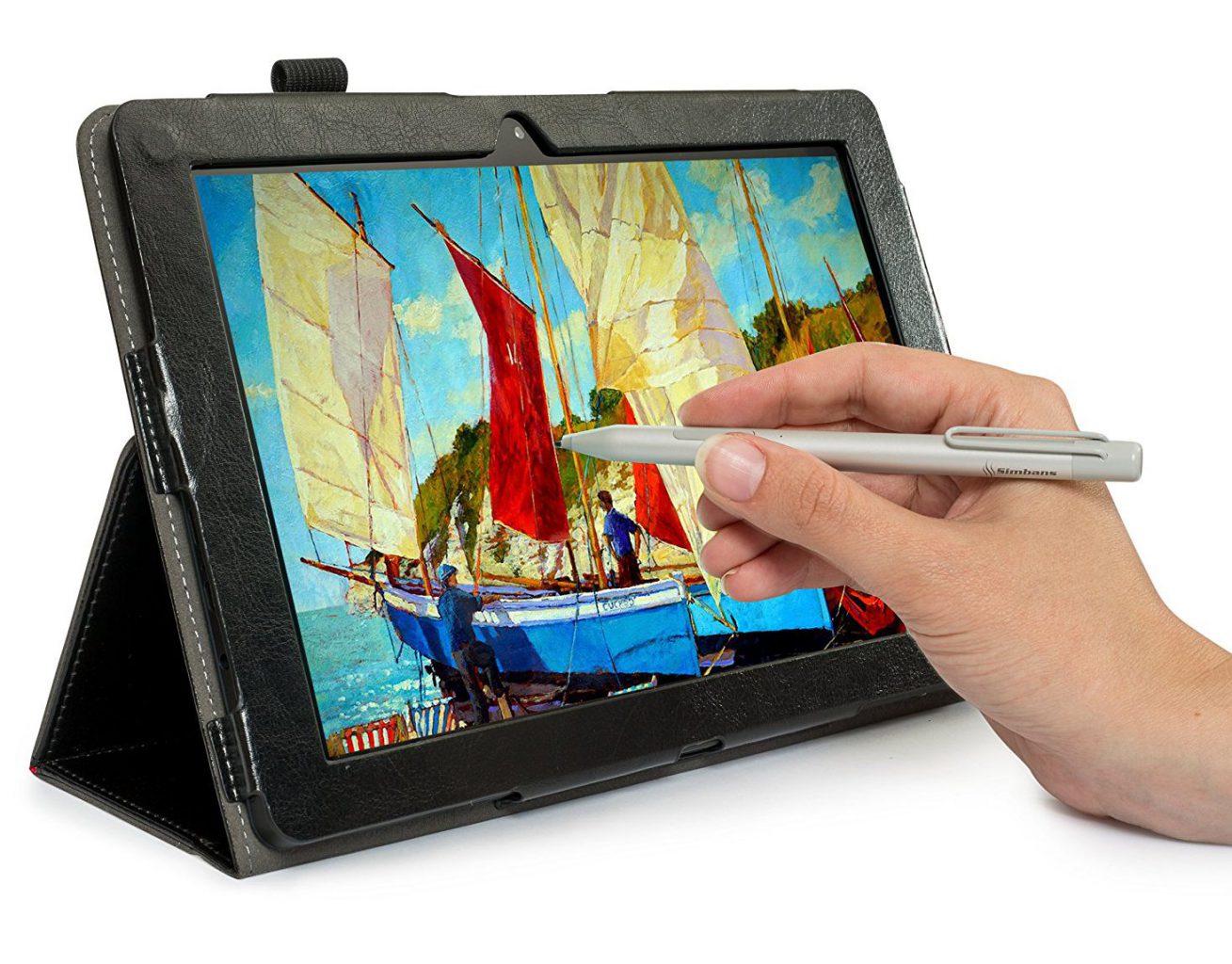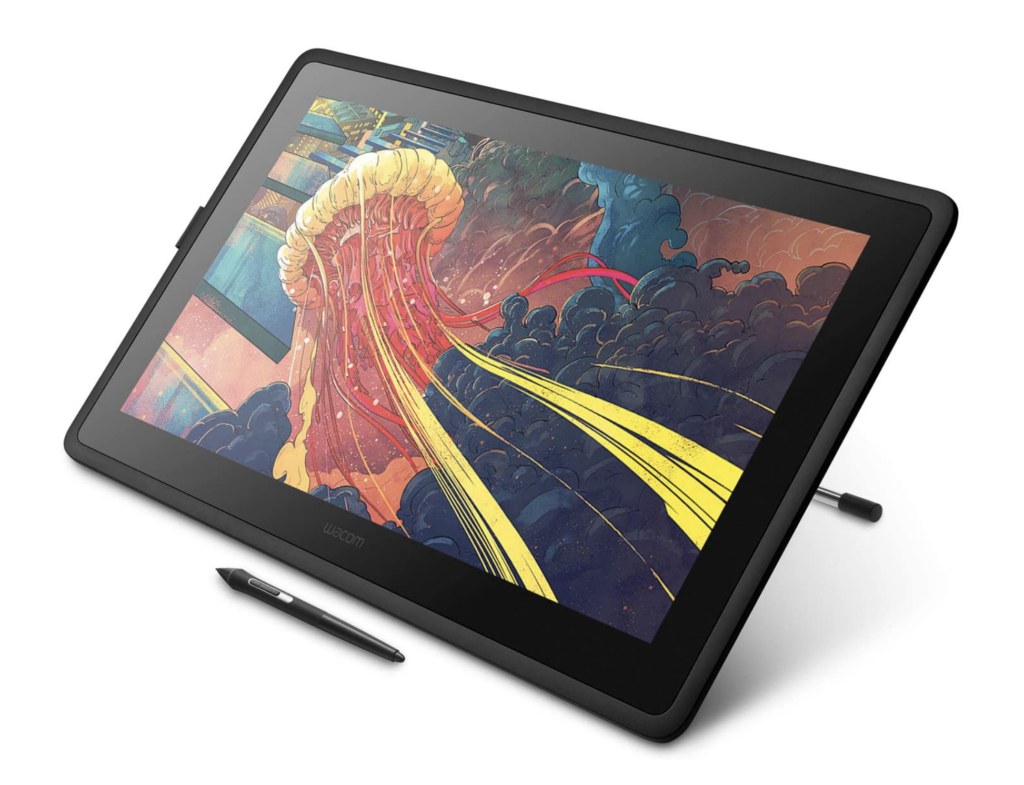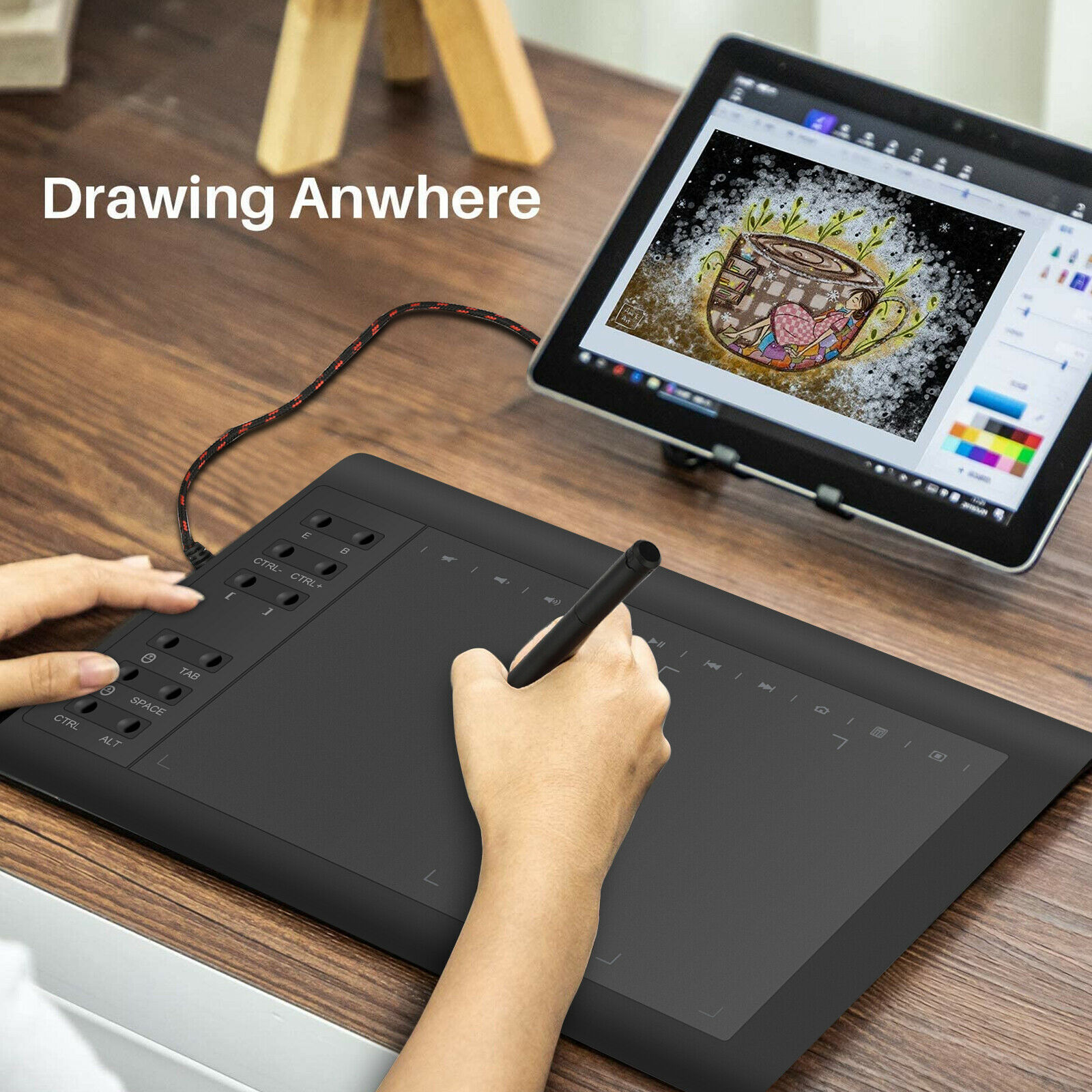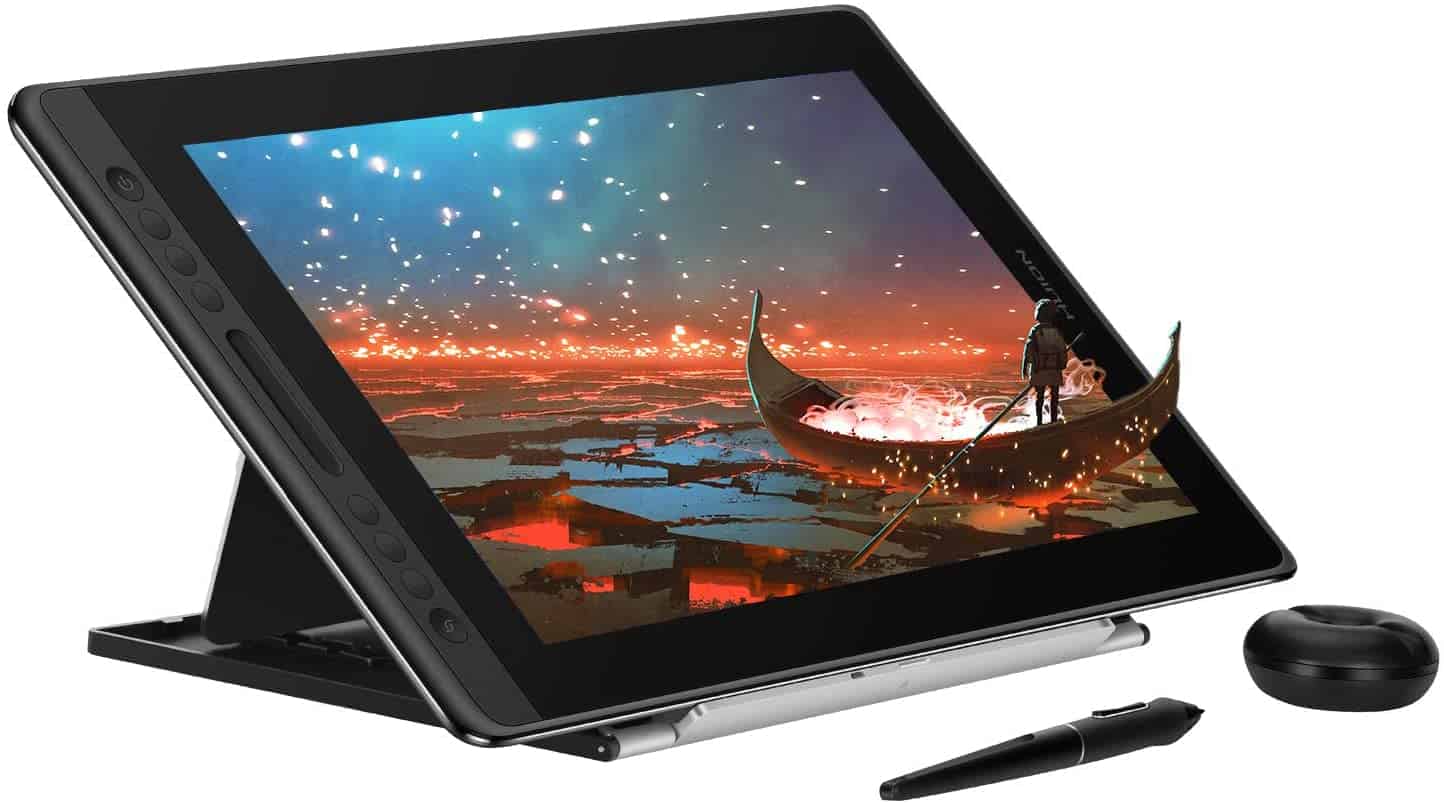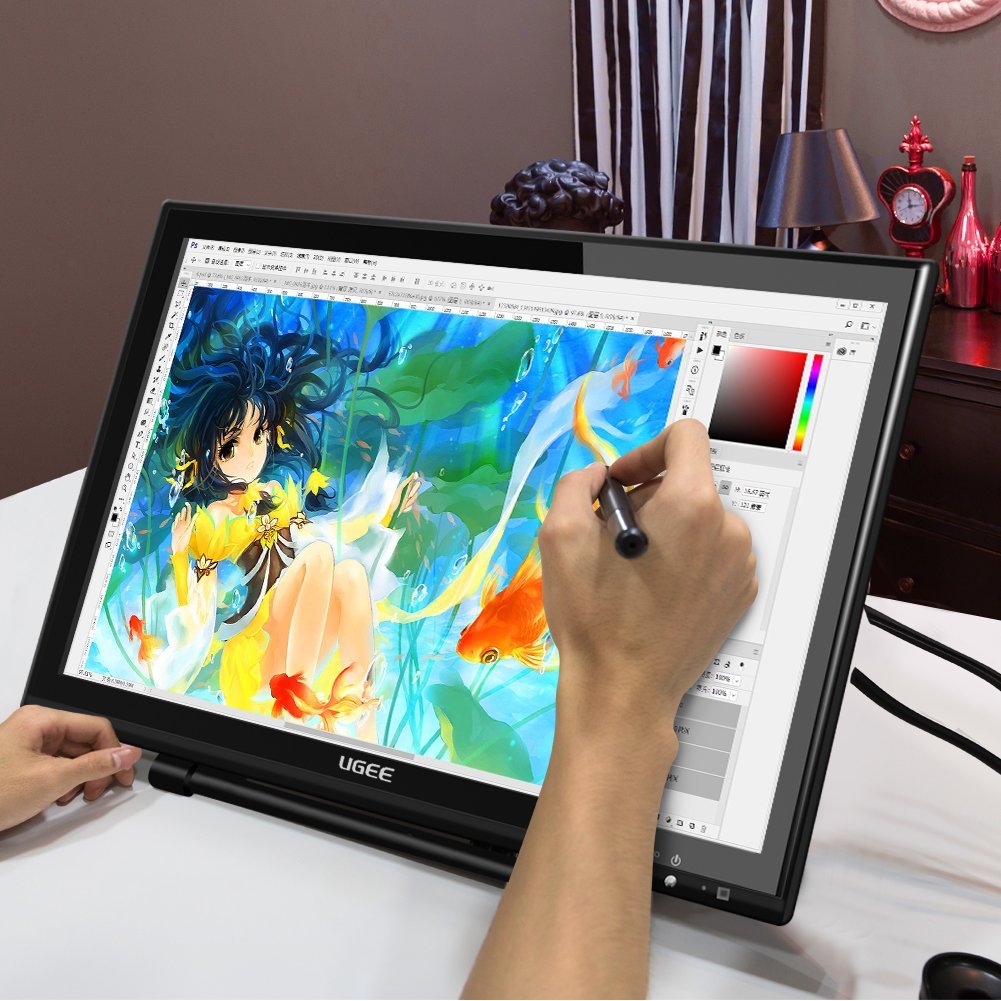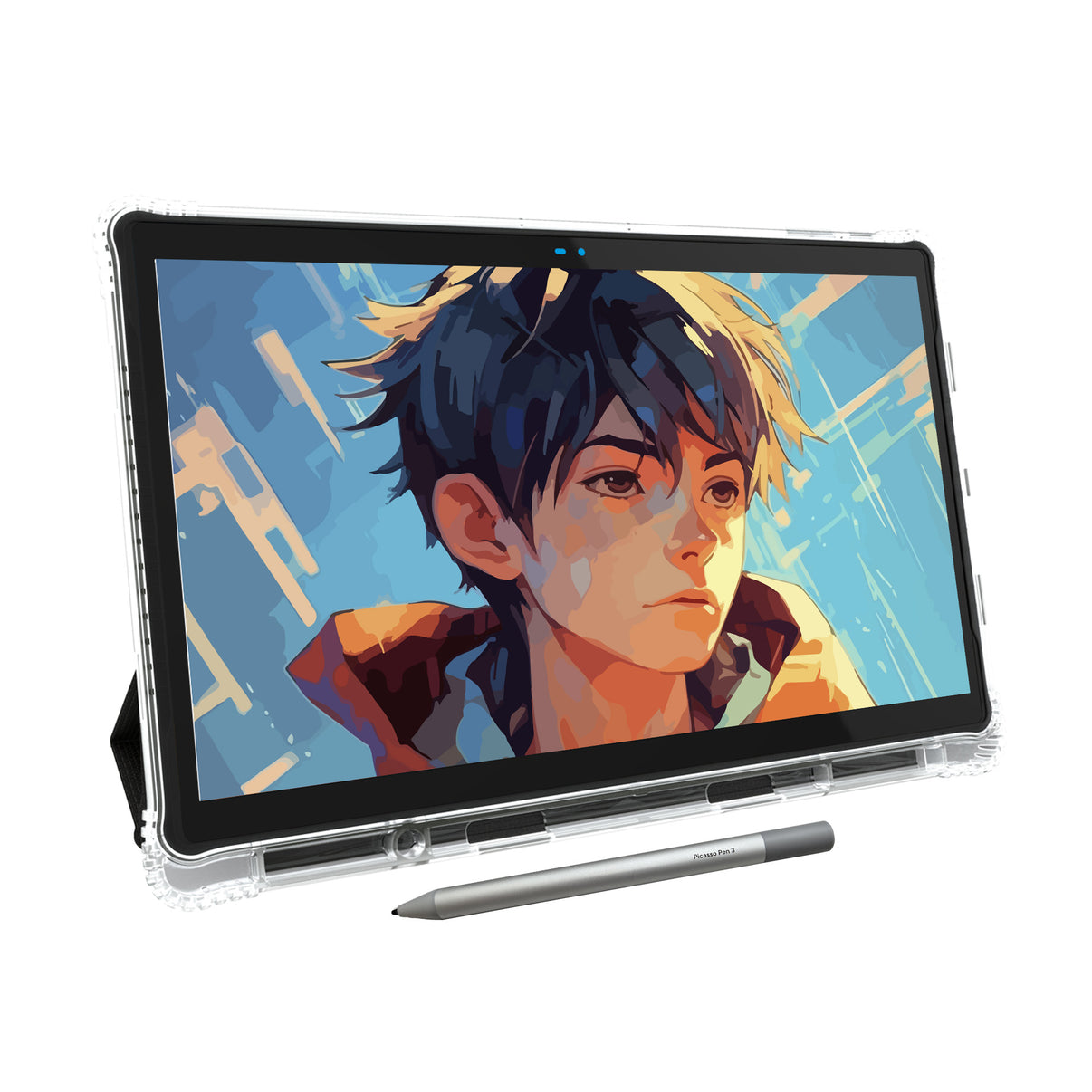Stand Alone Electronic Drawing Tablet

A new contender has entered the creative market: stand-alone electronic drawing tablets. These devices promise a streamlined, independent creation process for artists and designers.
The rise of stand-alone tablets represents a significant shift, offering portability and eliminating the need for constant computer connection. This news will be of interest to anyone looking for more artistic freedom.
What Are Stand-Alone Drawing Tablets?
Stand-alone drawing tablets are self-contained units featuring a display, processor, and operating system. Unlike traditional drawing tablets, they don't require tethering to a computer.
They usually feature pressure-sensitive pens, enabling users to create digital art directly on the screen. Think of them as the intersection of tablets and traditional graphic tablets.
Key Features and Benefits
Portability is a major draw. Users can create on the go, without the constraints of a desk setup.
Wacom, Huion, and XP-Pen are key players in this emerging market, offering models with varying features and price points.
Most stand-alone drawing tablets also come with their own operating system, such as Android, which means you can install apps and use them without connecting to other devices.
Who is This For?
These devices target professional artists, graphic designers, and hobbyists. Anyone seeking a more fluid and immediate digital art experience should take note.
Educators could also find value in stand-alone tablets. Institutions are exploring their use for interactive learning and collaborative projects.
When and Where Are They Available?
Stand-alone tablets are currently available for purchase online and in select electronics retailers. Availability varies by brand and model.
Demand is expected to increase throughout 2024. Check availability and lead times before ordering.
How Do They Work?
The tablets use pressure-sensitive stylus technology. The harder you press, the thicker the line, simulating a natural drawing experience.
Internally, they function like mini-computers, with processors, RAM, and storage. This allows for running art software and saving projects directly on the device.
Wireless connectivity is common, allowing for easy file transfer and online collaboration.
Price Points and Considerations
Prices range from mid-range to premium. Features, brand reputation, and screen size influence the cost.
Battery life and processing power are crucial factors to consider before purchasing. Ensure the device meets your workflow demands.
Software compatibility is another essential element. Check which art programs are supported on the chosen tablet's operating system.
Ongoing Developments
Manufacturers are constantly innovating, with improvements in processing power, display technology, and stylus accuracy. Look for improved screen responsiveness soon.
Software integration is another area of focus. Developers are working to optimize art programs for stand-alone tablet environments.
Stay tuned for updates on new product releases and price adjustments. The market is rapidly evolving, offering exciting possibilities for digital artists.

